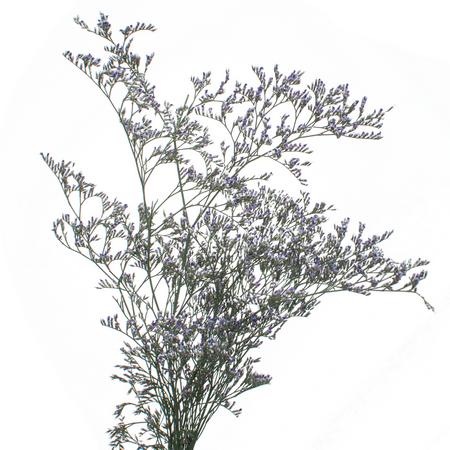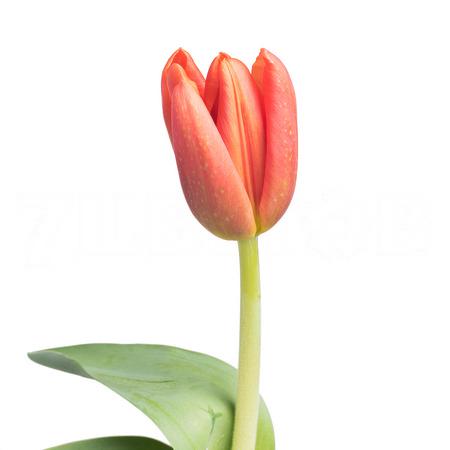Limonium safora blue
Limonium Safora Blue is a premium variety of statice known for its striking blue tones and superior durability. This flower is especially popular in commercial floral design due to its uniform shape, vibrant color, and impressive longevity — both fresh and dried. Its cool hues make it a versatile option for a wide range of themes and settings.
Features of Limonium Safora Blue
Safora Blue features tiny, papery flowers arranged densely along thin but sturdy stems. The color is a rich, consistent blue that stands out clearly in floral arrangements. The foliage is narrow and green, complementing the blooms without overpowering them.
This variety typically grows to about 50–60 cm in height, making it ideal for use as a secondary accent or filler in bouquets and centerpieces. One of its most notable traits is its ability to retain its color and form after drying, which makes it a top choice for preserved floral art.
Unlike many flowering plants, Limonium Safora Blue has no noticeable fragrance, making it suitable for those who prefer neutral-scented options.
Uses of Limonium Safora Blue
- Wedding Florals: Often used in rustic, vintage, and coastal-themed weddings, this flower adds depth and dimension to bridal bouquets, boutonnieres, and table arrangements.
- Event and Seasonal Decor: Its versatility makes it a popular choice for holiday wreaths, anniversary celebrations, and corporate events.
- Dried Flower Arrangements: Due to its ability to retain color when dried, Limonium Safora Blue is frequently incorporated into everlasting bouquets, wall hangings, and potpourri.
Caring for Limonium Safora Blue
For fresh arrangements, trim the stems before placing them in clean water mixed with floral food. Although not required, regular misting helps maintain freshness.
When using Limonium for drying, simply bundle the stems together and hang them upside down in a cool, dark space with good air circulation.
With minimal maintenance, Limonium Safora Blue continues to enhance floral designs and home décor for weeks — and even months — after harvest.







